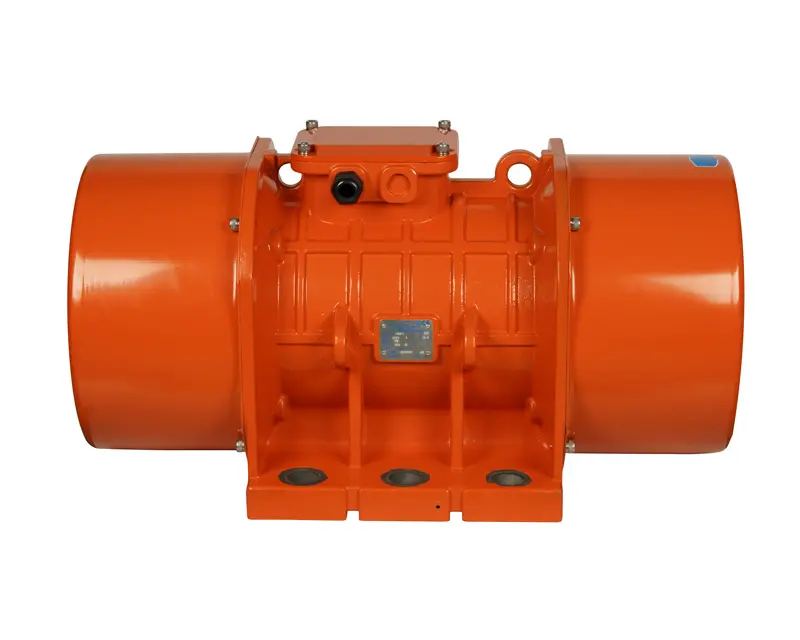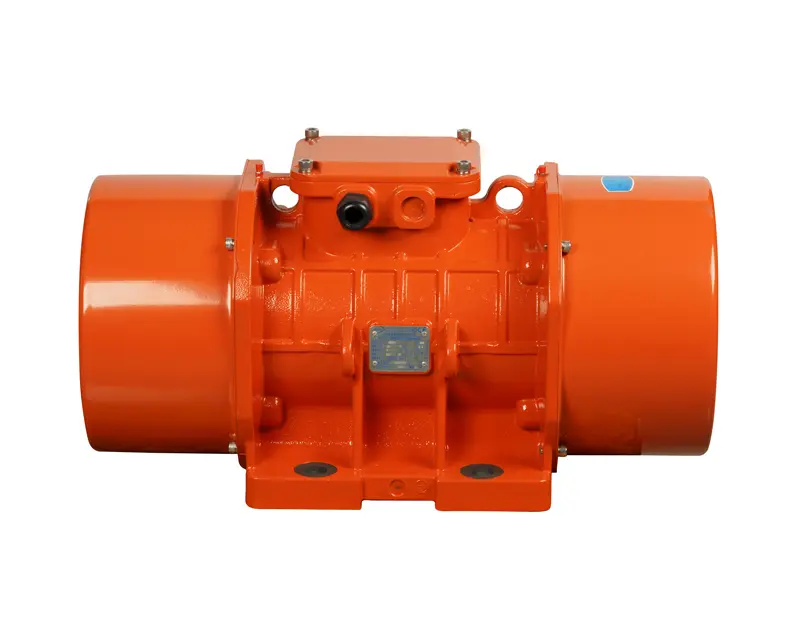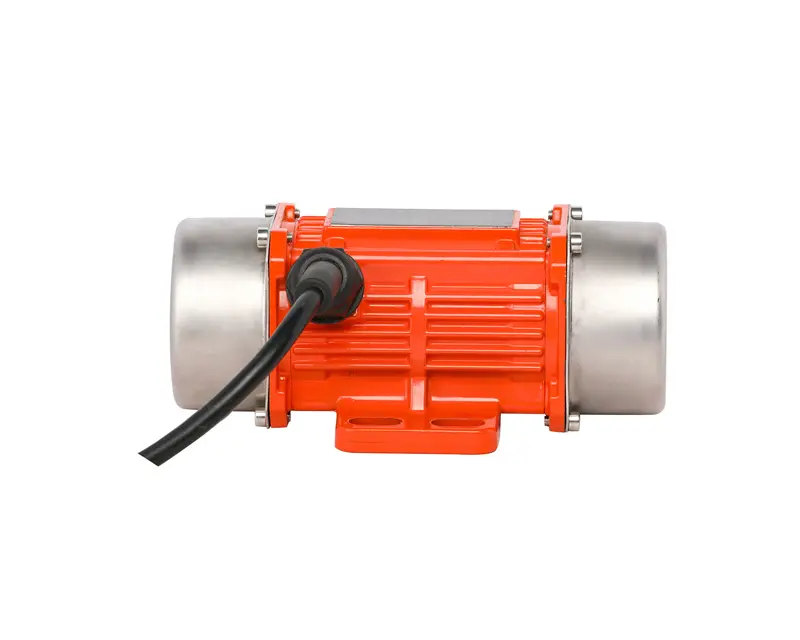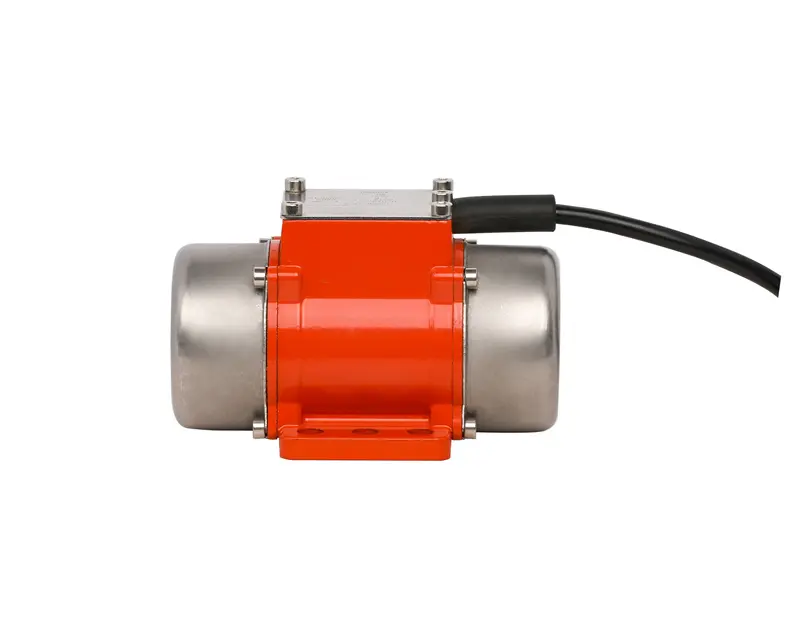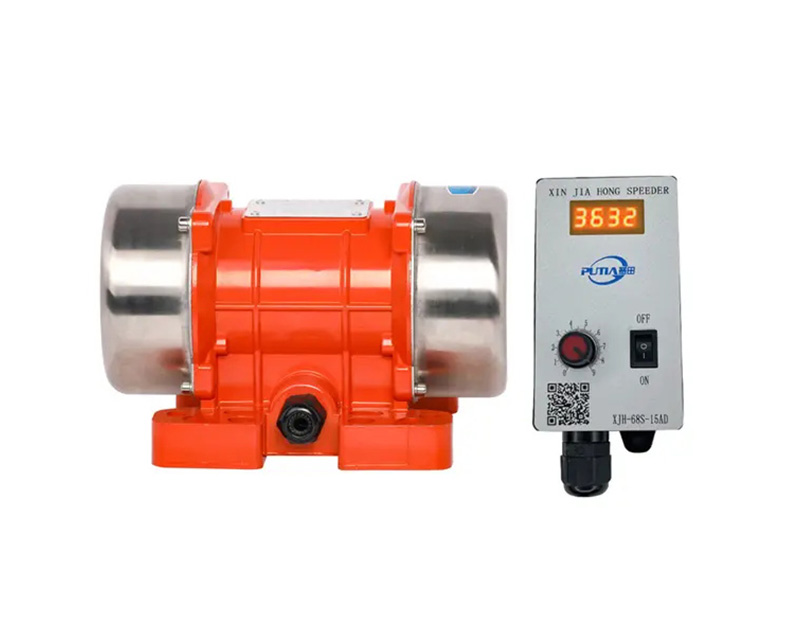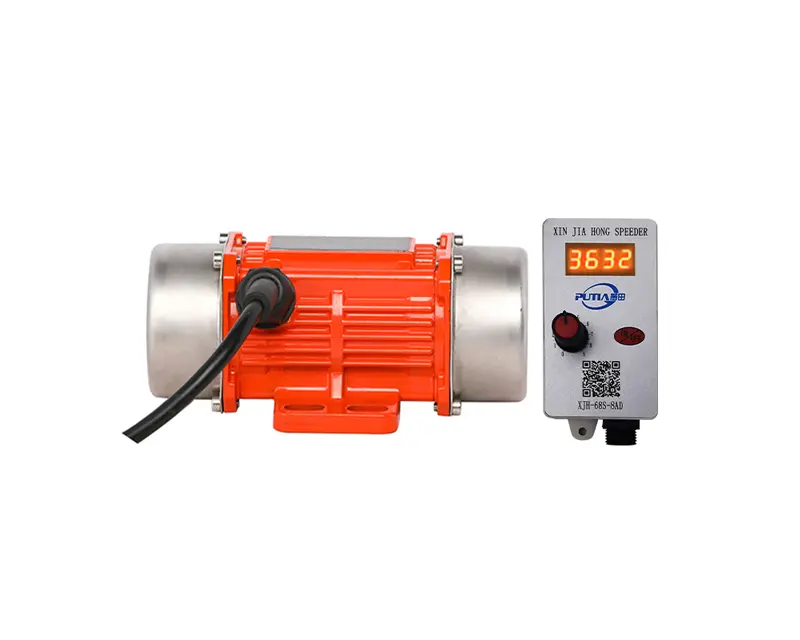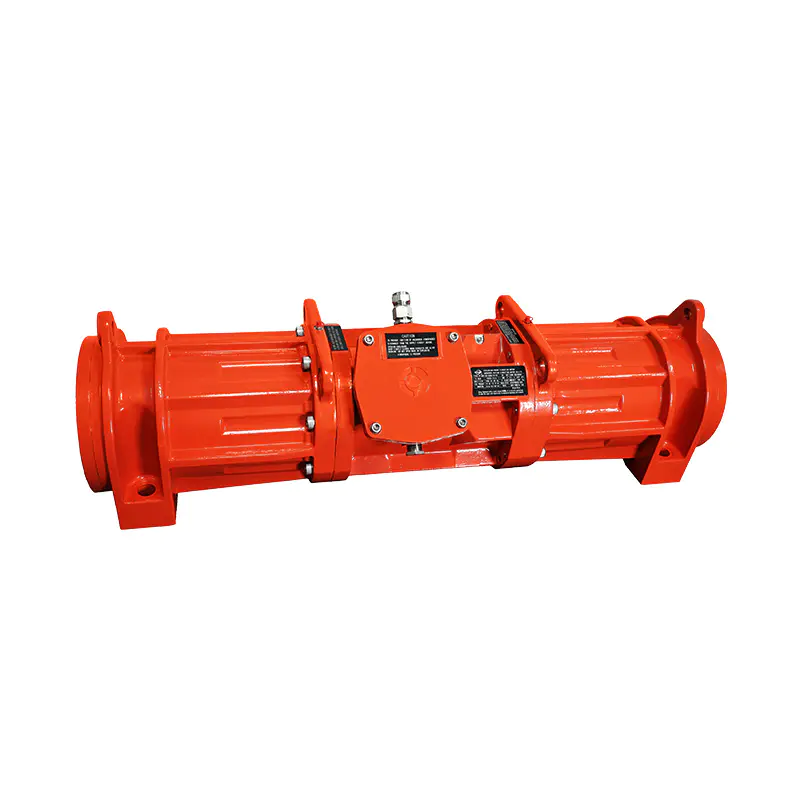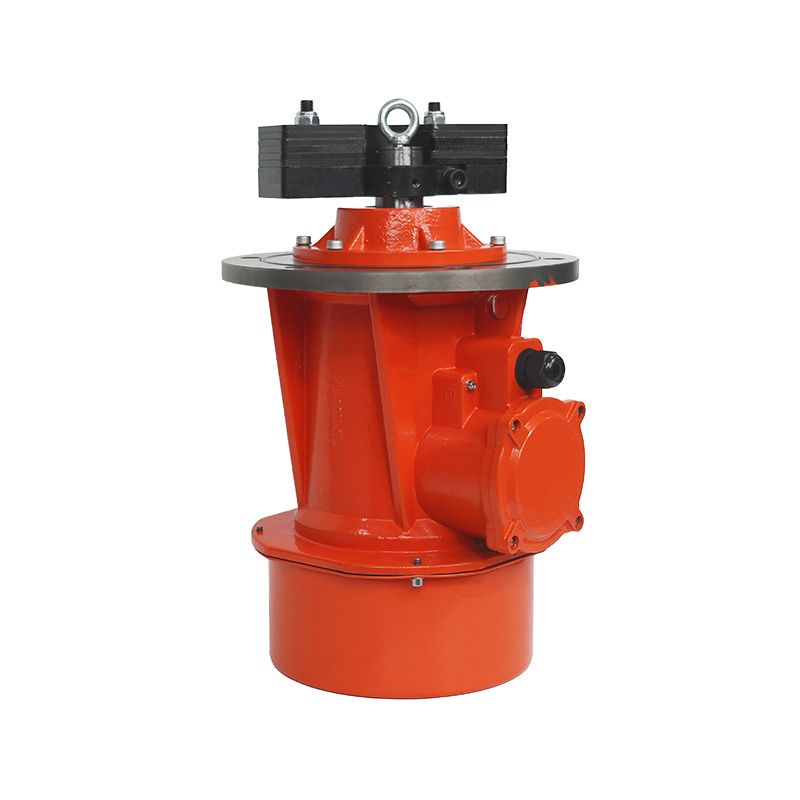Understanding And Optimizing The Use Of Heavy-Duty Vibration Motors And Hydraulic Shaker Motors
 Apr-11-2024
Apr-11-2024
 Industry News
Industry News
Heavy-duty vibration motors and hydraulic shaker motors are critical components in various industrial applications, such as construction, mining, manufacturing, and testing environments. These motors are designed to produce controlled vibrations for a wide range of purposes, including compacting materials, testing product durability, and facilitating the flow of bulk materials. However, to maximize their efficiency and longevity, it is essential to understand their operation, potential challenges, and ideal practices for maintenance and use.
Understanding Heavy-Duty Vibration Motors
Heavy-duty vibration motors are typically used in large-scale industrial settings to create strong, consistent vibrations. These motors are often employed in processes such as sifting, screening, and conveying materials. They can be powered by either single-phase or three-phase electrical currents, with the latter often preferred for its efficiency and suitability for heavy workloads.
Key characteristics of heavy-duty vibration motors include:
1. Robust Construction: These motors are built to withstand harsh operating conditions, including exposure to dust, moisture, and bad temperatures.
2. Adjustable Vibrations: Many heavy-duty vibration motors allow for adjustments to the vibration amplitude and frequency, enabling customization for specific applications.
3. Installation Flexibility: Depending on the design, heavy-duty vibration motors can be mounted in various orientations and positions to suit different equipment setups.
4. Efficiency: These motors are engineered to deliver high levels of performance while less energy consumption, contributing to operational cost savings.
Challenges and Maintenance Considerations
Despite their resilience, heavy-duty vibration motors may face challenges during operation, such as overheating, mechanical wear, and electrical issues. Proper maintenance and regular inspection can help mitigate these problems:
1. Overheating: Regular monitoring of motor temperature can help identify potential overheating issues early. Ensuring proper ventilation and avoiding overloading the motor can also prevent excess heat generation.
2. Mechanical Wear: Bearings, shafts, and other moving parts may wear out over time. Regular lubrication and timely replacement of worn components can help maintain smooth operation.
3. Electrical Issues: Wiring problems or voltage fluctuations can lead to inefficient motor operation. Proper installation and regular inspection of electrical connections can help maintain stable performance.
Understanding Hydraulic Shaker Motors
Hydraulic shaker motors operate differently from vibration motors, utilizing hydraulic power to generate controlled vibrations. These motors are commonly used in industries such as oil and gas exploration, mining, and construction for tasks such as soil compaction, pile driving, and seismic testing.
Key characteristics of hydraulic shaker motors include:
1. Hydraulic Power Source: These motors use hydraulic fluid to generate force and motion, allowing for precise control of vibration amplitude and frequency.
2. High Torque Output: Hydraulic shaker motors are capable of producing high torque, making them suitable for heavy-duty applications that require significant force.
3. Variable Speed Control: Hydraulic systems provide the ability to adjust motor speed and vibration characteristics, enhancing versatility for different tasks.
4. Durability: Hydraulic shaker motors are built to withstand challenging environments and heavy usage.
Challenges and Maintenance Considerations
While hydraulic shaker motors offer many benefits, they also require specific maintenance and operational considerations:
1. Hydraulic Fluid Management: Maintaining proper fluid levels and quality is crucial for ideal motor performance. Regular fluid checks and changes are recommended.
2. Seals and Hoses: Hydraulic systems rely on seals and hoses to contain fluid and maintain pressure. Inspecting these components regularly can prevent leaks and maintain efficiency.
3. Vibration Dampening: Excessive vibration can impact the hydraulic system's performance and longevity. Ensuring that the motor and surrounding equipment are properly dampened can help extend its lifespan.
Optimizing the Use of Vibration and Shaker Motors
To get the more out of heavy-duty vibration motors and hydraulic shaker motors, consider the following ideal practices:
1. Proper Sizing and Selection: Choose motors that match the specific requirements of your application in terms of power, torque, and vibration characteristics.
2. Regular Maintenance: Implement a routine maintenance schedule that includes cleaning, lubrication, and inspection of key components.
3. Monitoring and Adjustment: Continuously monitor motor performance and make necessary adjustments to vibration amplitude, frequency, or hydraulic pressure to suit changing conditions.
4. Training and Safety: Ensure that operators and maintenance personnel are trained in the safe operation and maintenance of these motors.
5. Documentation and Record-Keeping: Maintain detailed records of motor operation, maintenance, and any issues encountered. This data can help identify patterns and inform future decisions.
Heavy-duty vibration motors and hydraulic shaker motors play a crucial role in various industrial sectors, providing the power and precision needed for efficient operations. By understanding their unique characteristics, challenges, and maintenance needs, operators can optimize their use for reliable performance and extended service life.


 English
English русский
русский Português
Português عربى
عربى فارسی
فارسی
